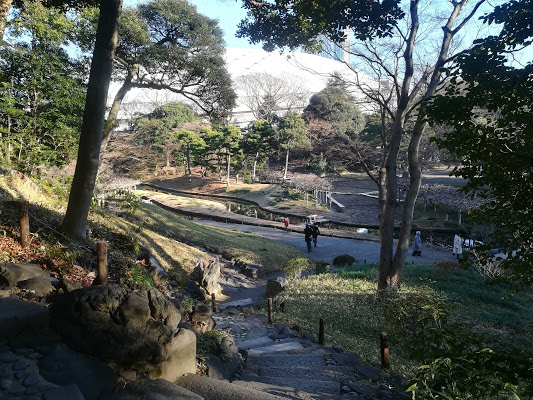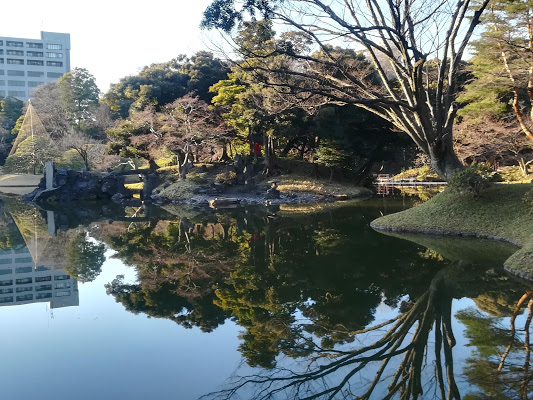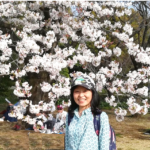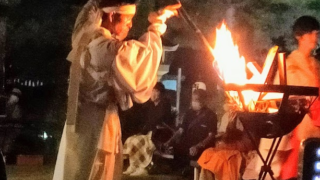Koishikawa Korakuen Gardens

Contents
History of Koishikawa Garden
One of the major daimyo feudal lord’s gardens and a stroll garden where you walk around the central pond while enjoying the changing scenery In Edo period Mitsukuni Tokugawa completed the garden taking advantage of the landscape to build miniature ocean, rivers, mountains and others, replicating beautiful scenery found in Japan and China. At Meiji restoration it was handed over to the new government and used by Emperor to welcome the foreign dignitaries. In 1952 the garden was designated as a site of special historical and scenic beauty in Japan.
Chinese influence
The garden is full of Chinese influence and the name is originated in a Chinese saying “ There is a need for those in power to worry about maintaining power first and to enjoy power later”, the name “Korakuen” means “ The garden for enjoying power later on”.
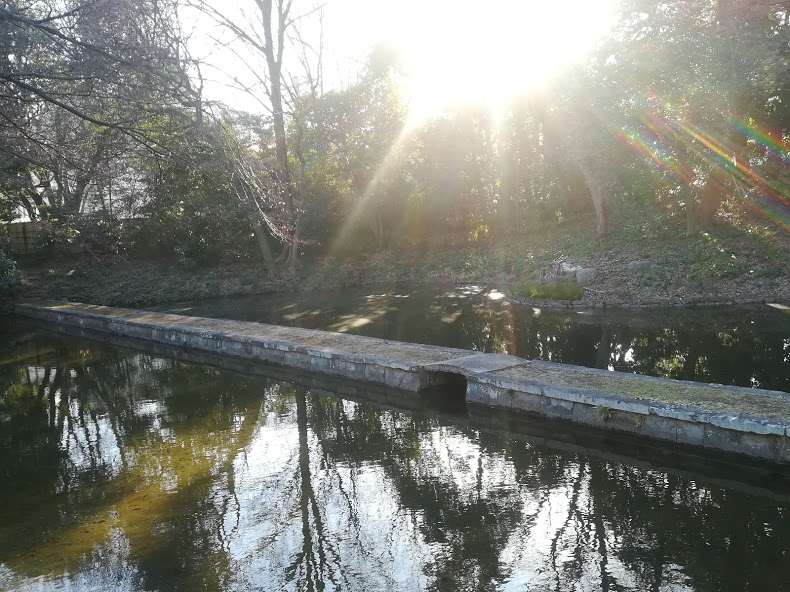
Scenery of Lake Saiko in China
This bank was made to resemble that of Lake Saiko in Zhejiang province, China, and influenced to daimyo gardens throughout the country.

Engetsu Kyo meaning Full Moon Bridge deigned by Zhi Shun Shui, Chinese confusion scholar of the Ming dynasty.

Chinese style stone path with combination of natural stones and cut stones of different sizes.
Four scenery
Koishikawa garden comprises four scenery. The four landscapes are linked together so you can enjoy them naturally by walking thru each zone.
Scenery of Ocean
The pond, Horaijma island and its periphery.
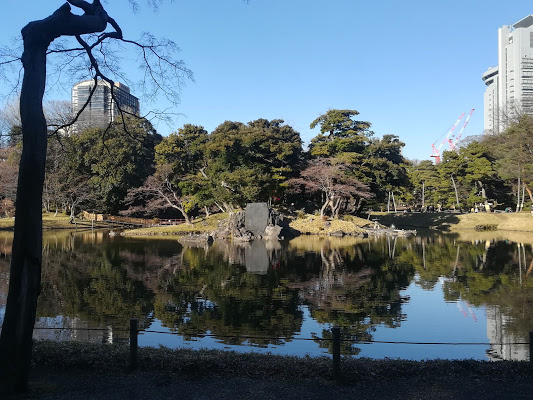
Scenery of river
Saiko, Togetsukyo, Oigawa, Tsutenkyo bridge.
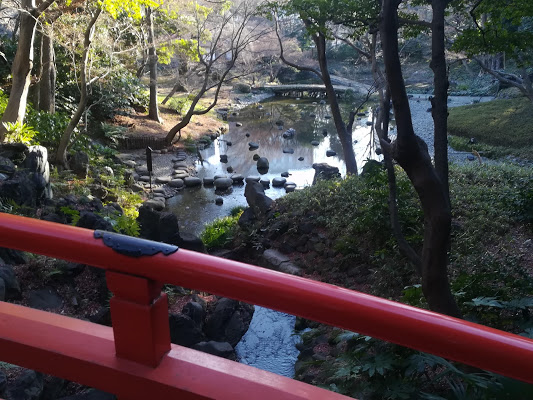
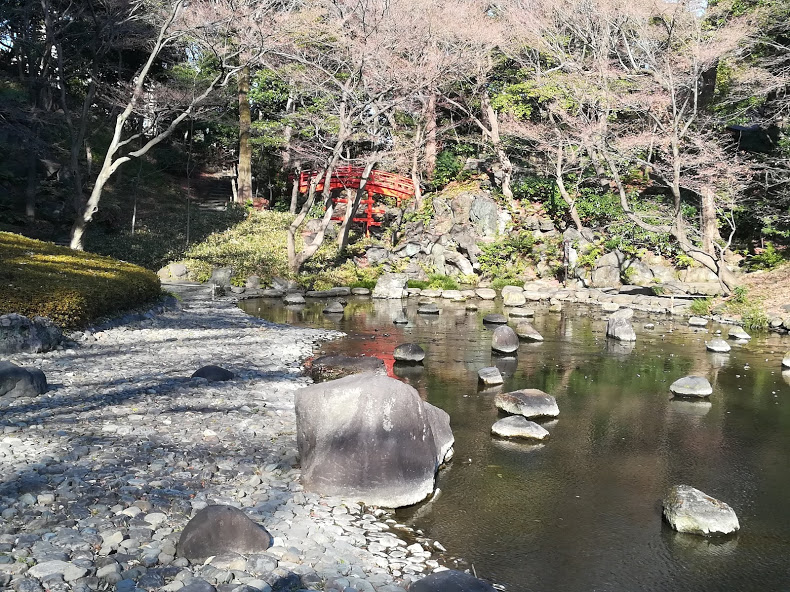
Scenery of mountain
Kiyomizu kannondo, Shorozan, Tokujin do, Engetsu kyo.


Scenery of countryside
Suiden, Shobuda, Matsubara
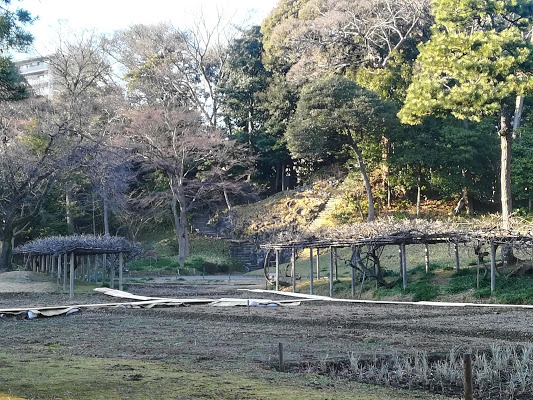
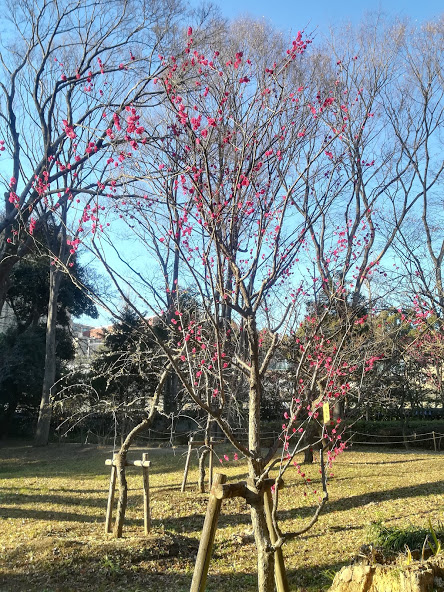
Daimyo Garden
The most typical style of Daimyo garden was the circuit style where one walks around a central pond to enjoy the changing scenery of the garden. Along the path there are usually resting sites such as tea house and viewing areas. Daimyo of that time used the garden not only to enjoy the scenery, but also for government purposes and researching new plants.

